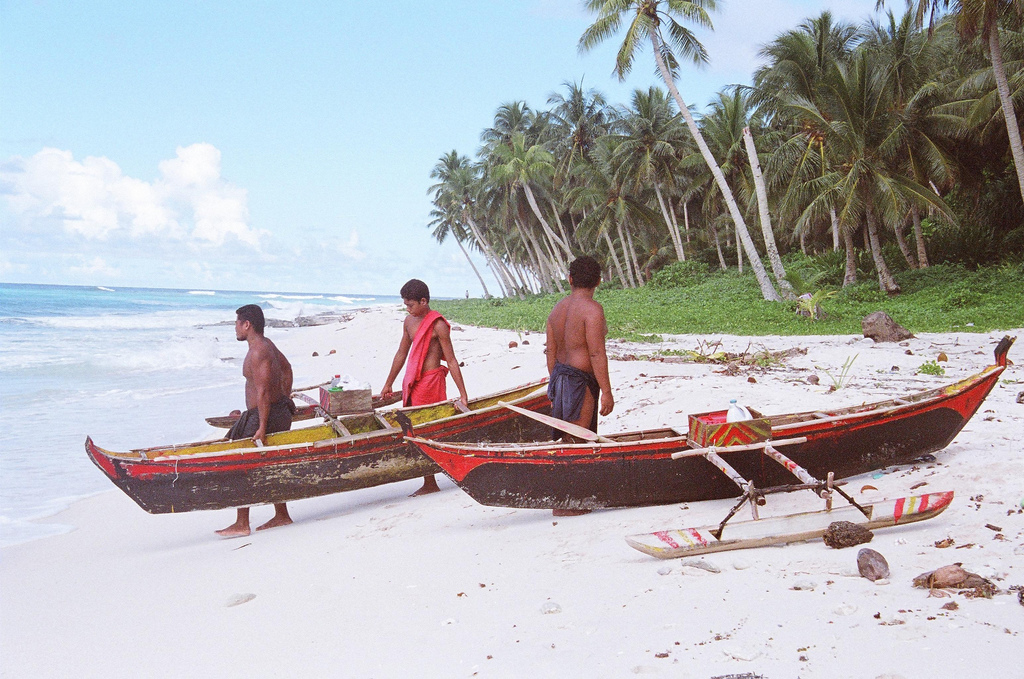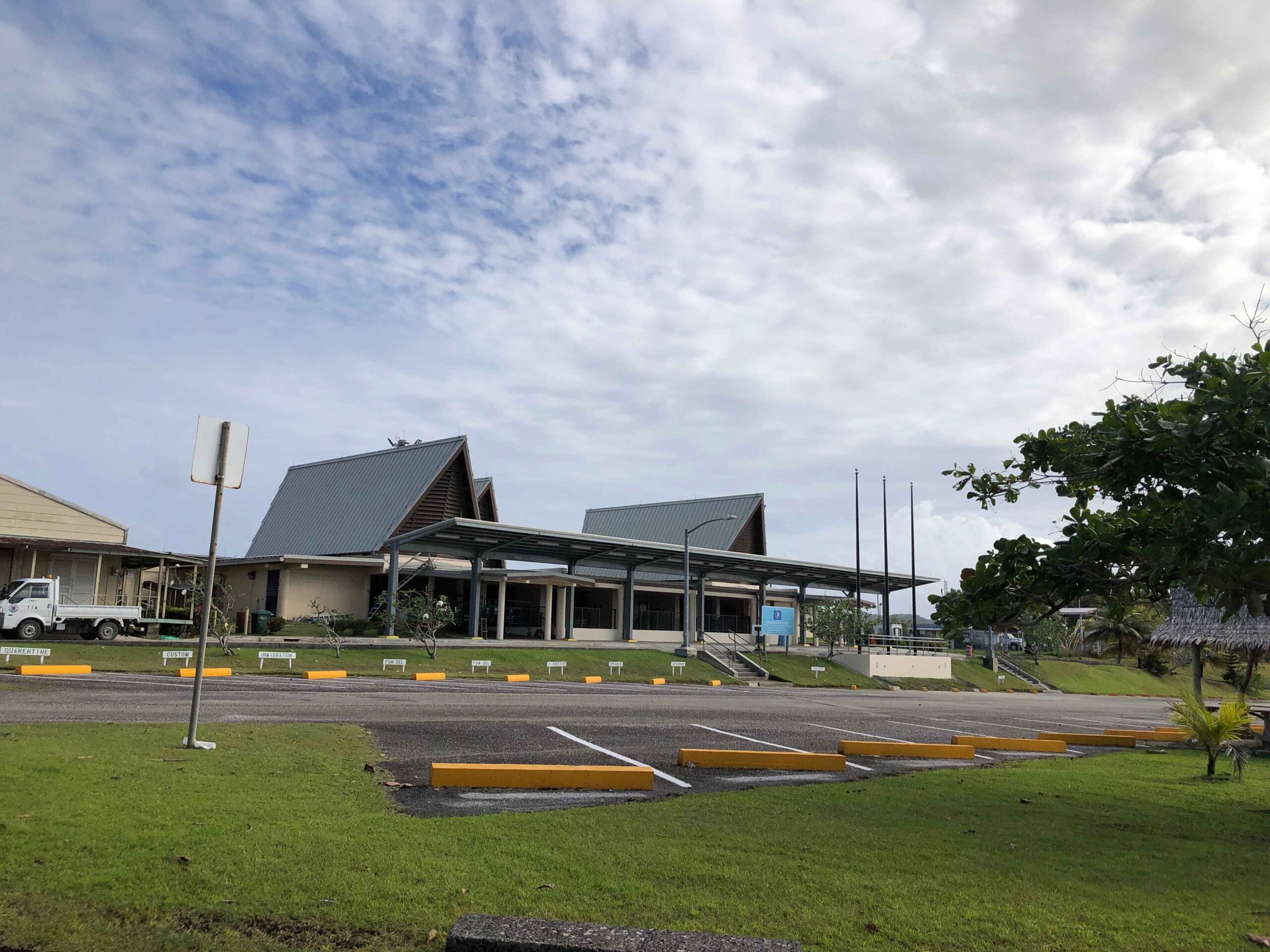ECONOMY
- Home
- Economy
Gross Domestic Product
Yap’s economy is small, and its GDP is not individually reported but contributes to the FSM’s overall GDP. FSM’s GDP is around $400 million.
Primary Sector
Agriculture, fishing, and forestry.
Secondary Sector
Small-scale manufacturing and handicrafts.
Tertiary Sector
Public administration, tourism, and services.


